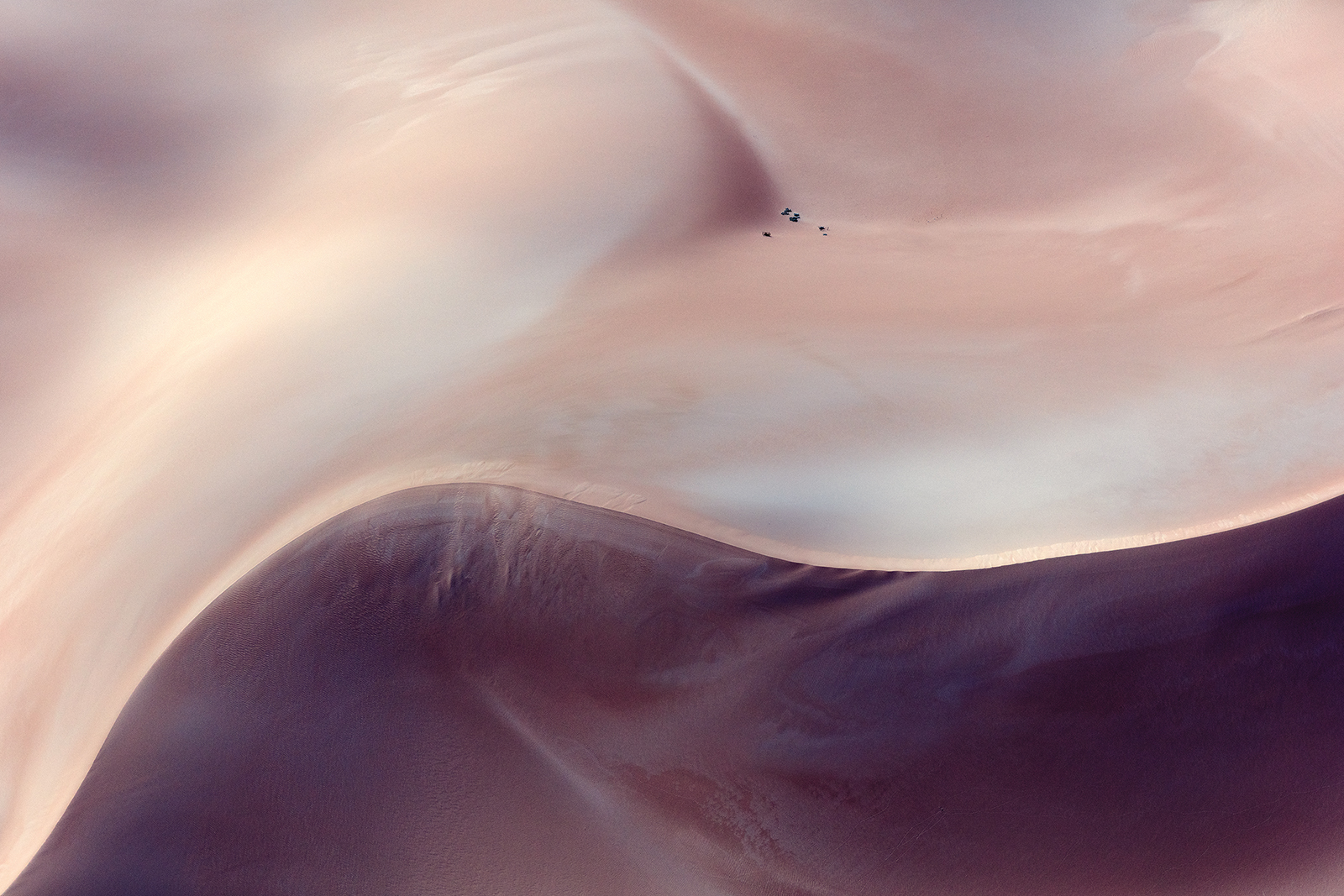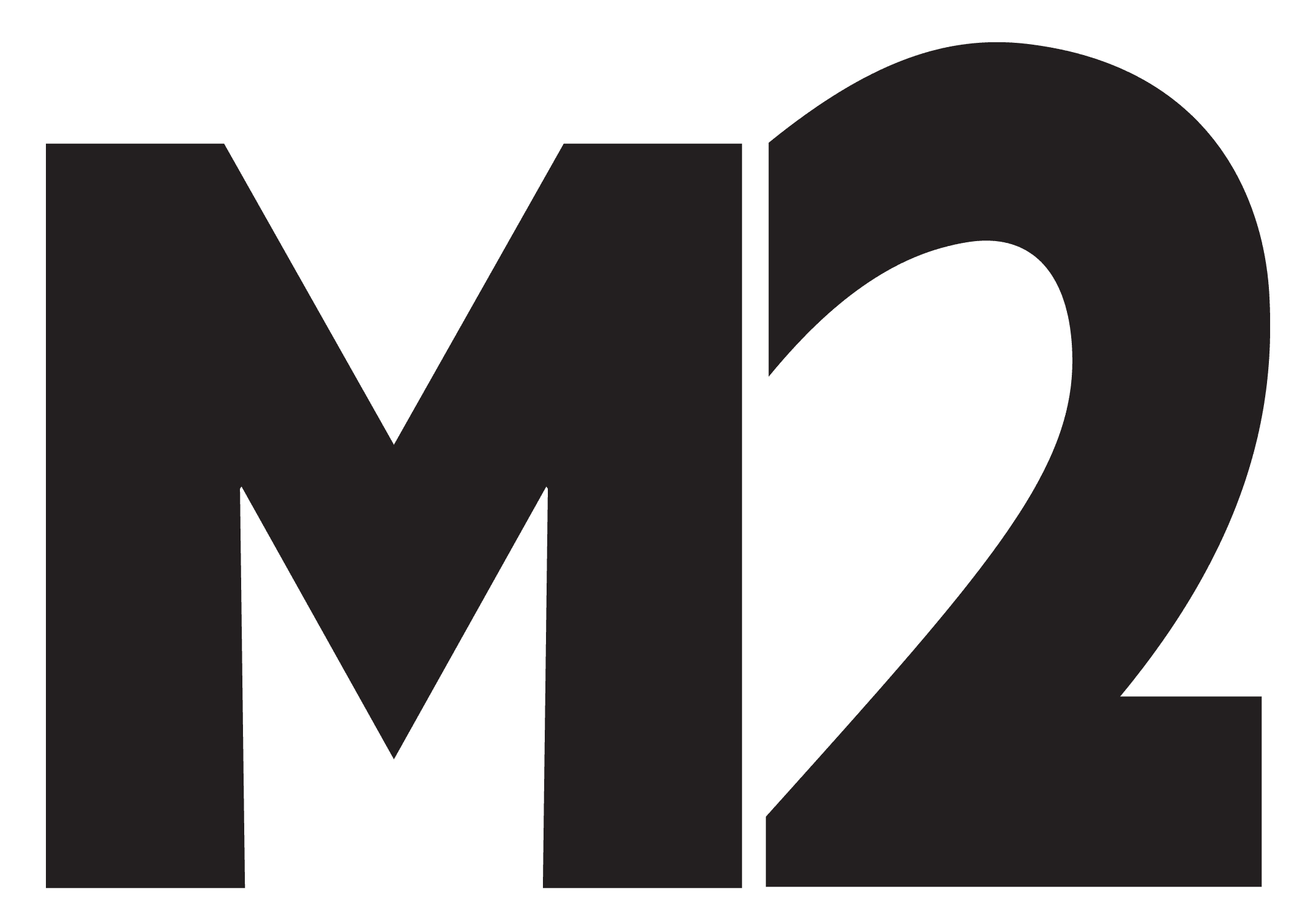Earth’s Canvas
Boston-born photographer, Zack Seckler, makes his bread and butter by shooting for big publications. but when he isn’t doing commercial work, he’s circling amazing vistas in light aircraft, shooting what he sees below. ‘You can do all the research you want for these projects, but nothing compares to actually seeing things in person. Being in an airplane above that landscape was really magical. Emotional, even.’ he says.
His subjects are usually lone creatures, roaming their natural habitat. They act as a tool for scale, so we can truly appreciate this earth we call our home.
What were you flying in to get these amazing shots?
Ultralights and light sport aircraft. Basically wings, an engine and sometimes two doors.
How long would you be up there on average and how many sessions did it take to collect the whole series?
It varies from image to image and location to location. Sometimes everything aligns and the shot comes quickly, other times I can shoot for hours and get nothing.
It must take some real skill to get a perfectly framed shot while in a moving plane, do you have any tricks to share with any photographers giving it a go for the first time?
Shooting from a plane is very challenging, especially when flying at low altitudes like I usually do. The landscape is passing by very quickly. It’s like trying to photograph a portrait from a roller coaster.
There’s nothing like looking through a viewfinder and turning in circles for hours to help you lose your lunch. Therefore, I recommend some solid anti-nausea medication.
I hear that while you were in Iceland, the plane you were in was built by the pilot! Have you had any other slightly hair raising experiences while out in the field?
Flying is relatively safe. It’s the landing part that can get dangerous. I’ve landed on highways, beaches, mountaintops, mudflats and hotel lawns. There are too many hair raising experiences to count.
I think most people would assume at first glance you probably used a drone for these photos, would you consider it for future series?
Yes. I’ve begun to research and experiment with using drones as a tool. So far the technology doesn’t match being in the air, but I can see it being useful for certain subject matter. And the tech is only getting better.
When did you first decide to start incorporating an aerial view into your shots? What was the “aha” moment?
In 2009, I had a couple of days to spare after working a photographic commission for a client. Someone asked if I wanted to go for a flight with a local bush pilot. Saying “yes” changed my life.
What do you want people to take away with them after seeing your images?
I hope people take a moment to look, and then decide for themselves how they feel.
You’ve done Iceland, Botswana, and South Africa so far. What drew you to these places?
I look for an interesting “canvas” to create my images within. These countries all have stunning terrain, animals, interesting colors and beautiful light.
What do you have in your sights next?
I’m experimenting with including people in my aerial work. I think the addition of a semi-abstract human narrative could be compelling.











